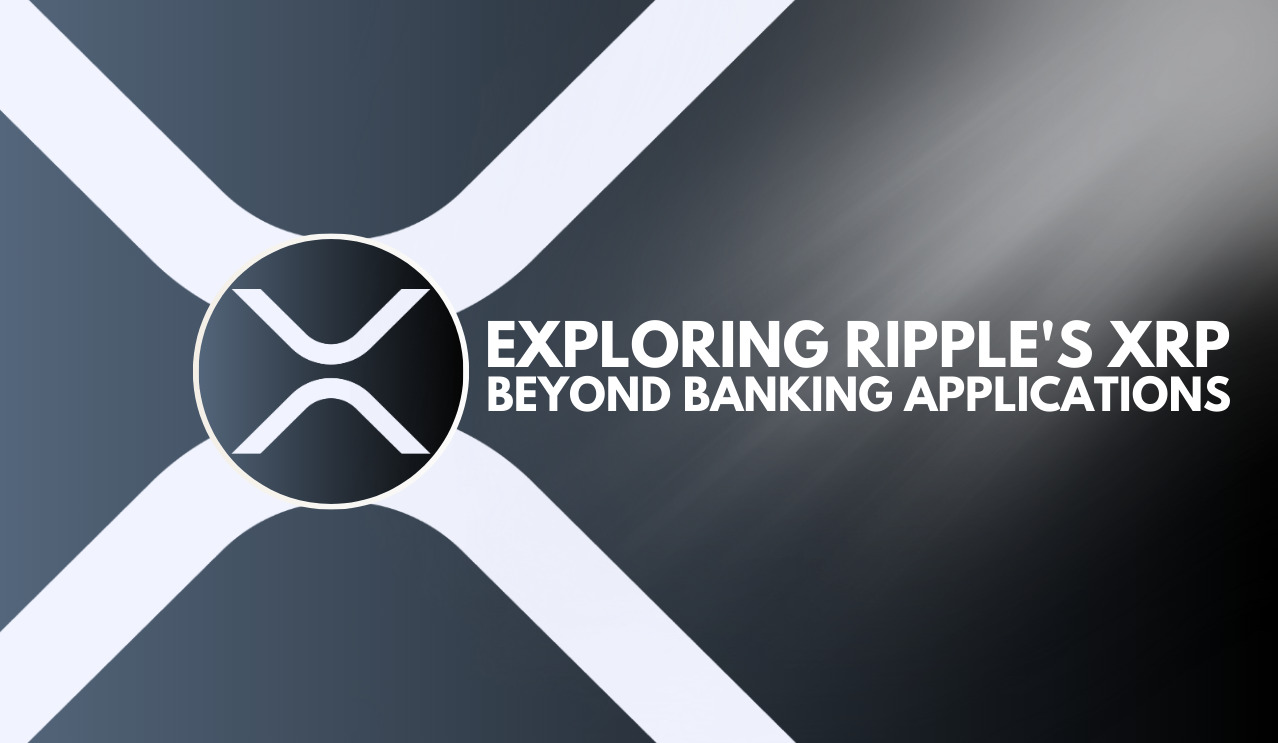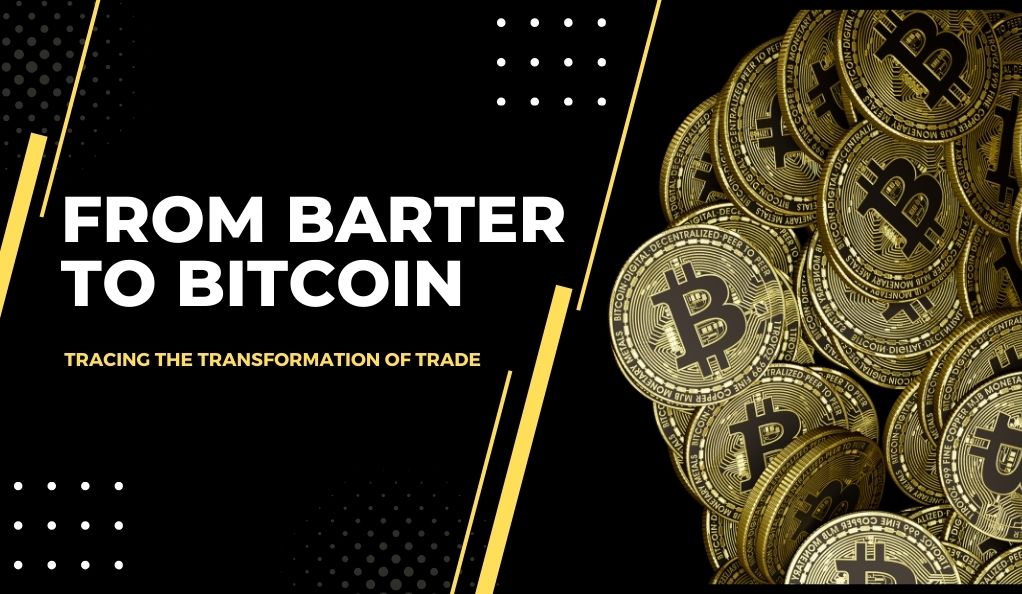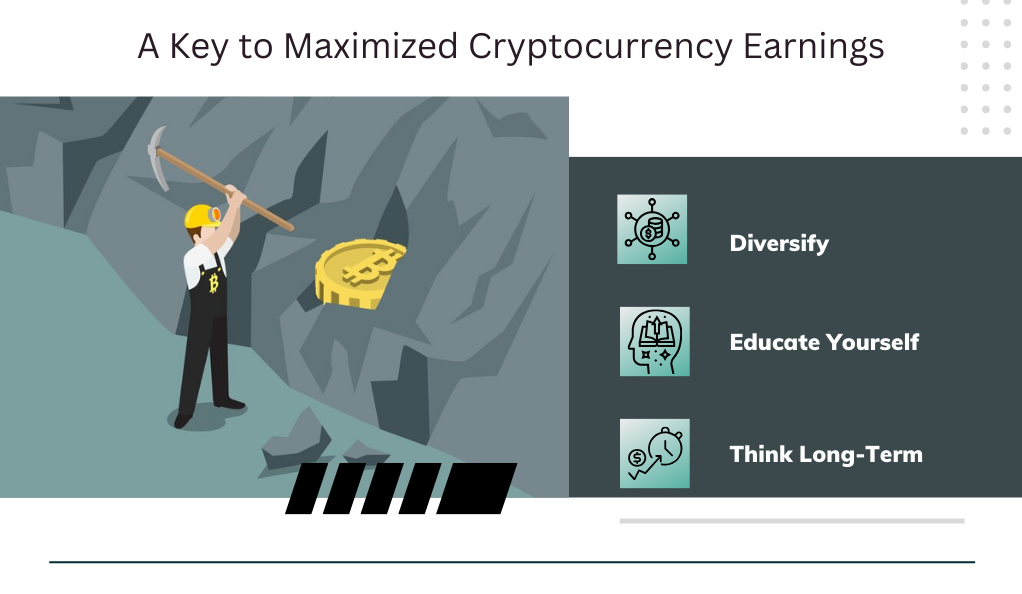
In the dynamic realm of cryptocurrency, mining pools have become a cornerstone for those looking to earn digital currency rewards without the daunting overhead of solo mining. Essentially, mining pools are the aggregate force of miners who combine their computational resources over a network to strengthen their chances of solving cryptographic puzzles and earning cryptocurrency.
When a pool successfully decrypts a block, the reward is distributed among its participants in proportion to the computational power each contributed. This collaboration democratizes mining, making it accessible to individuals with limited resources.
The emergence of mining pools has roots tracing back to the early days of Bitcoin. As the network grew and the difficulty of mining increased, it became apparent that individual miners with limited resources had little chance of completing a block on their own. Mining pools were the answer to this scalability issue, providing a way for small-scale miners to receive more frequent, albeit smaller, rewards.
By diving into the concept of mining pools, this article illuminates the mechanisms that drive collaborative mining efforts and outlines how participants can optimize their practices for increased profits. Understanding mining pools is a fundamental step for anyone looking to delve into the world of cryptocurrency mining and seeking ways to enhance their earning potential.
Understanding How Mining Pools Work
Mining pools are predicated on a simple yet powerful concept: collective effort. Individual miners connect to the pool servers, contributing their computing power to the pool’s overall hash rate. This collaborative effort significantly increases the pool’s chances of completing transactions and finding new blocks.
When a pool member finds a potential solution to a block, this is referred to as a ‘share.’ Shares are typically easier to find than actual blocks, and they serve as proof of work that miners have contributed computational power to the pool. Depending on the pool’s payout structure, shares are then used to calculate the distribution of rewards.
The process is a continuous cycle of transaction verification, block solving, and reward distribution, all conducted under the auspices of the pool. The sophistication of this system is not to be understated. It requires robust technology to distribute work effectively, monitor contributions, and allocate rewards reliably.
Let’s delve into the types of reward distribution methods:
- Pay-per-Share (PPS): Miners receive a fixed amount for each share they submit, providing stable and predictable income based on their contribution, regardless of when the pool finds a block.
- Proportional (PROP): Rewards are divided proportionally based on the number of shares each miner submitted within the time frame of the found block.
- Pay Per Last N Shares (PPLNS): This method calculates payouts based on the last set number of shares, not just the shares for the current block. It encourages loyal pool participation, as miners benefit from continued mining even if the pool has not found a block recently.
Understanding the intricate nature of these pools and how they operate is essential for anyone looking to join one. The choice of pool—and its underlying mechanics—can have a substantial impact on your mining profitability and the predictability of your earnings.
Now, having grasped the foundational workings of mining pools, the next logical step is to dissect the economic implications of joining such a collective, a task we undertake with an eye on maximizing profitability.
The Economics of Mining Pools
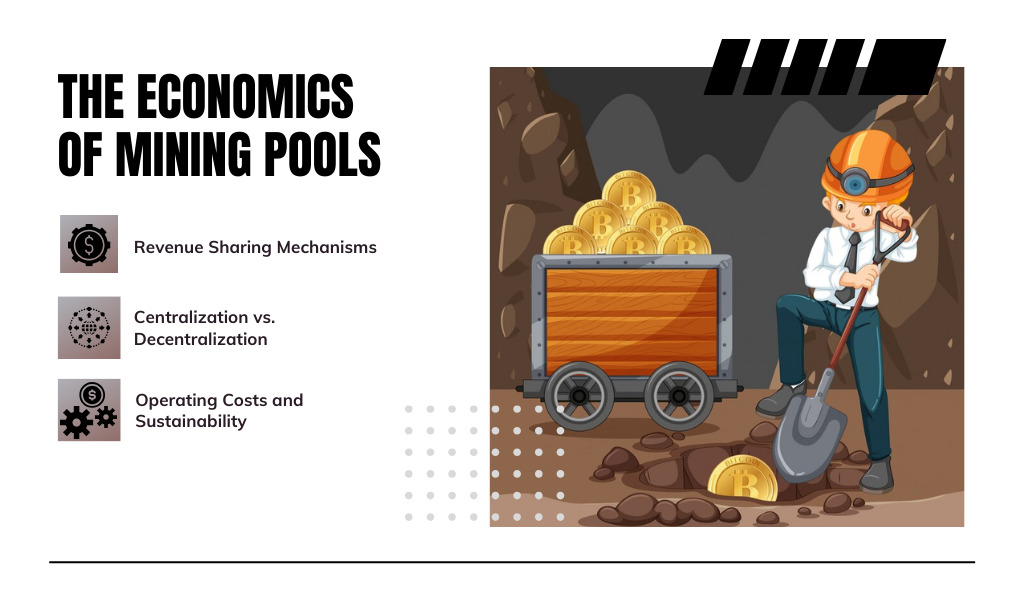
The decision to join a mining pool should be guided by a thorough economic analysis. On the surface, the benefit is clear: more consistent rewards. However, there are various economic factors to consider that affect the bottom line of a miner’s profit.
Firstly, mining pools charge fees. These can range from 0% for newer or less established pools seeking to attract members, to 3% or more for pools with robust infrastructure and a proven track record. While a zero-fee pool may seem appealing, reliability and frequency of payouts are often more important. Fees are typically deducted from each miner’s reward and should be factored into profitability calculations.
Another economic consideration is the volatility of cryptocurrency itself. While pooling reduces the variance of mining revenue, the value of the cryptocurrency being mined can fluctuate widely. This market volatility affects the real-world value of mining rewards and can change the calculus of pool mining profitability.
Additionally, mining pools help to mitigate the inherent financial risks of mining, such as the ever-increasing difficulty of the mining algorithm and the substantial upfront and ongoing costs associated with mining hardware and electricity. By spreading these risks across a larger group, individual miners can find a more stable financial footing.
The table below provides a simplified view of how pool fees impact potential earnings:
| Pool Fee Percentage | Daily Mining Revenue | Daily Fee Deduction | Daily Revenue Post-Fee |
|---|---|---|---|
| 0% | $10 | $0 | $10 |
| 1% | $10 | $0.10 | $9.90 |
| 2% | $10 | $0.20 | $9.80 |
| 3% | $10 | $0.30 | $9.70 |
Ultimately, the goal within mining pool economics is to maximize effective earnings after all expenses. This means choosing a pool not just based on fees, but also on its payment scheme, transparency, and the average block find time which affects how often miners get rewarded.
Choosing the Right Mining Pool
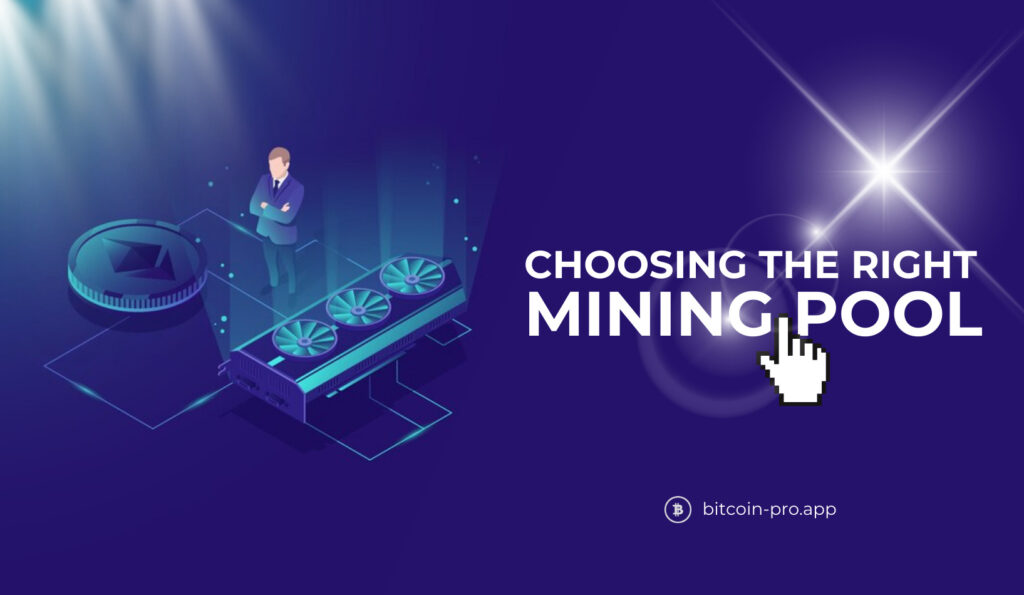
Selecting an appropriate mining pool is a pivotal decision for miners who seek to optimize their earnings. This choice hinges on several critical factors:
Size and Hash Power of the Pool: The pool’s size can influence the frequency of reward payouts. Larger pools with more hash power have a higher chance of solving blocks regularly, offering more consistent payouts. However, since rewards are shared among a larger number of participants, individual payouts might be lower.
Fee Structure: As previously mentioned, pools charge varying fees that impact overall earnings. A lower fee pool is not always the best option if it doesn’t find blocks consistently. It’s important to balance fees with pool reliability.
Reputation and Trustworthiness: The credibility of a pool is paramount. Pools with a strong reputation in the community are generally seen as more trustworthy, reducing the risk of fraud or mismanagement of your earned rewards.
Payment Distribution Methods: Whether it’s PPS, PPLNS, or another method, the way a pool distributes payments affects your earnings. Consider which method aligns best with your mining strategy and risk tolerance.
Server Location and Connectivity: The geographical location of the pool’s servers can affect latency. Pools with servers closer to your mining rig provide better connection speeds and more efficient mining, reducing the occurrence of stale shares that are rejected due to delays.
User Interface and Support: A user-friendly interface with comprehensive statistics helps miners track their performance, while responsive support teams are crucial for resolving any issues.
Security Features: Strong security features protect miners’ earnings. Two-factor authentication, wallet locks, and frequent security updates are signs of a pool that takes the safety of its members seriously.
Community and Communication Channels: A pool with active community forums and transparent communication channels is beneficial for staying informed about pool updates, sharing strategies, and getting support.
Choosing the right pool is not a one-size-fits-all scenario. Miners should consider their specific needs, the hardware at their disposal, and their long-term mining strategy when making this decision.
Having covered the selection criteria, the following discourse will address an often-overlooked aspect of mining pools: the security and trustworthiness that protect a miner’s hard-earned rewards.
Mining Pool Security and Trust
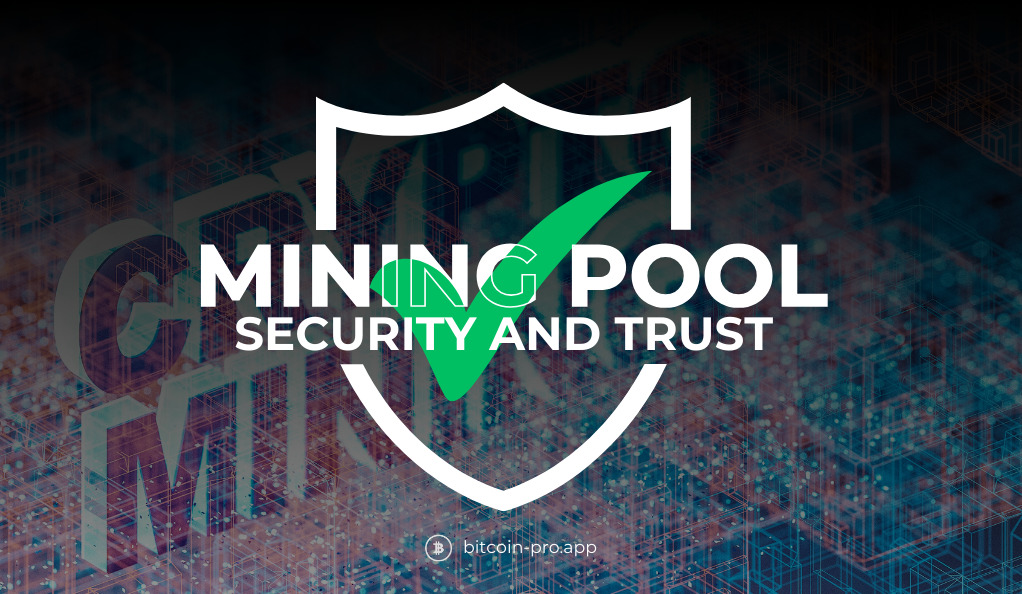
Navigating the waters of mining pool security is a crucial aspect for every miner. The integrity of a mining pool, alongside the security measures it implements, play a central role in safeguarding miners’ rewards.
Common security concerns range from the interception of miners’ rewards to Distributed Denial of Service (DDoS) attacks that can disrupt a pool’s operations. To mitigate these risks, reputable mining pools employ a range of security features, including:
- SSL/TLS Encryption: This secures the data transmission between the miners’ hardware and the pool servers, ensuring that sensitive information remains protected from eavesdropping.
- Two-Factor Authentication (2FA): By requiring a second form of verification before accessing an account, 2FA adds an additional layer of security beyond just a password.
- Wallet Address Locking: Some pools allow miners to lock in their payout wallet address, preventing attackers from redirecting their mining rewards to a different address.
- Regular Security Audits: Top-tier pools conduct periodic security audits to identify and rectify vulnerabilities, ensuring the pool’s infrastructure is fortified against potential threats.
In addition to these technical measures, trust is a non-negotiable commodity in the mining community. Pools that maintain transparency about their operations, including regular updates on their hashing power, block finding statistics, and payout failures, tend to build stronger trust with their users. Furthermore, pools that contribute to the cryptocurrency community, whether through code contributions or sponsoring events, often gain a reputation for being more reliable and trustworthy.
Effective communication is also a hallmark of secure pools. They maintain open channels for miners to report suspicious activity and stay updated on any security concerns.
Leveraging Technological Advancements for Profit
Advancements in technology are providing miners with new avenues to enhance their profitability within mining pools. By staying abreast of and utilizing cutting-edge tools and practices, miners can fine-tune their strategies for better returns.
One such technological advancement is the development of more efficient mining hardware. ASICs (Application-Specific Integrated Circuits) are continually being refined to offer greater hashing power with lower energy consumption, providing miners with a significant edge in profitability.
Blockchain analytics tools are another asset for the savvy miner. These platforms offer insights into the performance of different mining pools, transaction fees, and network difficulty, empowering miners with the data needed to make informed decisions about which pool to join and when to potentially switch pools for higher profitability.
Automation and AI are also entering the mining scene, with some services offering automated pool switching based on profitability algorithms. This means that miners’ rigs could automatically switch to mining different cryptocurrencies based on which is most profitable at any given moment, ensuring optimal earnings.
Software for managing and monitoring mining operations has also seen significant advancements. Modern mining software provides detailed reporting on mining efficiency, real-time earnings estimates, and remote management capabilities, allowing miners to optimize their operations with precision and convenience.
By leveraging these technologies, miners can not only increase their direct earnings but also save on operational costs, thus enhancing their overall profitability in mining pools. Moving forward, we will discuss strategies that individual miners can adopt to maximize their mining pool profits, taking into account the size of their operations and the current crypto-economic environment.
Conclusion
As we have traversed the complexities and strategies surrounding mining pools, it is clear that these collaborative networks are more than just a sum of their parts. They represent a nexus of technology, economics, and community within the cryptocurrency mining ecosystem.
From understanding the core mechanics of how pools function to the sophisticated economic considerations that influence profitability, miners must navigate an intricate landscape. The choice of a mining pool, with its size, fee structure, and reward distribution methods, is a decision with far-reaching implications on a miner’s success.
The security protocols and trust elements play a non-negotiable role in protecting miners’ hard-earned rewards, serving as a bedrock for sustained operations. Furthermore, the horizon of mining pools is continuously reshaped by technological innovation, regulatory shifts, and the unyielding march towards sustainability.
As miners harness these advancements, from more efficient hardware to smarter analytics tools, they can enhance their profitability and operational efficiency. The future of mining pools is dynamic, and staying informed and adaptable is key to maximizing earnings.
In conclusion, while the landscape of mining pools is fraught with complexity, it is ripe with opportunity. By making educated choices, leveraging technology, and contributing to the community, miners can maximize their profits and play a role in the grander tapestry of blockchain and its continued evolution. The collaborative spirit of mining pools is not just a means to an end but a testament to the power of collective effort in the digital age.
